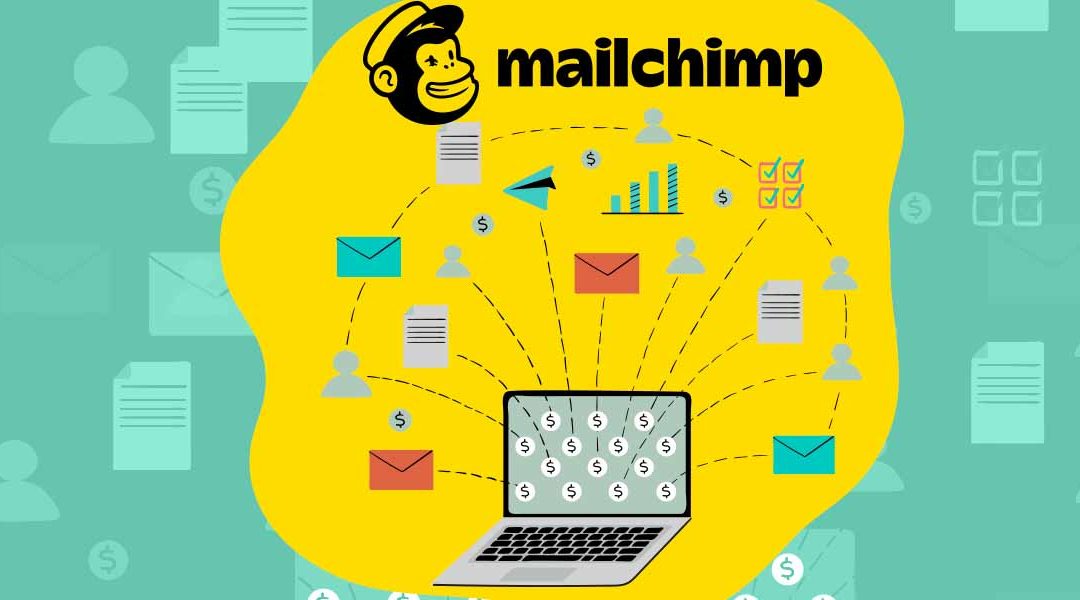AP Automation Guide: Benefits, Tips, FAQs
Table of Content
Accounts payable (AP) automation is transforming how organizations handle their invoicing and payment processes, reducing manual effort and minimizing errors. You will learn how by leveraging advanced technologies, companies can now optimize their cash flow management and enhance vendor relationships.
The days of seeking approvals and slowly processing mountains of bills are long gone. Businesses may get real-time visibility into their financial data with AP automation, guaranteeing accuracy and compliance.
This blog will discuss the benefits of AP automation and guide you in choosing the right solution for your company.
What is AP Automation?
Accounts Payable (AP) automation refers to the use of technology to streamline and improve the accounts payable process, which traditionally involves the processing, approval, and payment of supplier invoices. This technology automates routine steps such as receiving invoices, coding, routing for approval, payment, and reconciliation, effectively replacing manual and paper-based methods.
AP automation technology often includes features such as touchless processing, where manual data input is eliminated at every stage, although approvers may still need to sign off on payments with a mouse click. Additionally, AP automation software typically provides dashboards and analytic tools that help manage the AP process and diagnose problems. By digitizing and centralizing all accounts payable data within a single system, it becomes easier to search for and audit information.

Benefits over Manual Accounts Payable
1. Time Savings and Efficiency:
Accounts payable automation significantly reduces the time required to process invoices, which can take days or even weeks if done manually. AP automation makes handling invoices faster and easier by managing receipt, data entry, approval routing, and payment processing, allowing employees to concentrate on important tasks.
2. Cost Reduction:
The extensive time and effort involved in manual accounts payable processes lead to high labor costs. AP automation reduces these costs by minimizing the need for manual data entry and paper handling and by preventing errors that could lead to costly corrections.
3. Improved Accuracy and Reduced Errors:
AP software eliminates the risk of human errors associated with manual data entry and processing. By ensuring accurate data capture and consistent processing, companies can avoid mistakes that could lead to incorrect payments or financial discrepancies.

4. Enhanced Visibility and Control:
Accounts payable automation provides real-time visibility into the status of invoices and payments through dashboards and analytic tools. This enhanced oversight allows for better cash flow management, quicker problem resolution, and more informed decision-making.
5. Streamlined Approval Workflows:
Automated systems facilitate seamless routing of invoices for approval, ensuring that the necessary approvals are obtained promptly without the delays inherent in manual processes. This helps in maintaining efficient workflows and avoiding bottlenecks.
6. Better Compliance and Audit Readiness:
With all AP data digitized and stored in a centralized system, it becomes easier to ensure compliance with regulatory requirements and company policies. AP software maintains detailed audit trails, making it simpler to conduct audits and verify financial transactions.
7. Strengthened Vendor Relationships:
Timely and accurate payments facilitated by AP automation improve relationships with suppliers. Vendors appreciate the reliability, leading to potential benefits such as negotiated discounts, preferential treatment, and better terms of service.
8. Scalability:
AP automation solutions can easily scale with the growth of the company. Whether the organization handles a few invoices or thousands, AP software can adapt to increasing volumes without a proportional increase in administrative effort.

9. Environmental Impact:
Reducing the reliance on paper-based processes through accounts payable automation contributes to environmental sustainability. By minimizing paper usage, companies can lower their carbon footprint and support eco-friendly initiatives.
Overall, accounts payable automation transforms the accounts payable process, offering substantial benefits over manual methods by enhancing efficiency, reducing costs, and improving accuracy and compliance.
How to choose AP software?
Selecting the ideal AP software for accounts payable automation is a pivotal decision that directly influences your organization’s operational efficiency and financial well-being. Here’s a comprehensive guide to assist you in picking the optimal AP automation solution:
1. Assess Your Needs:
Initiate the process by thoroughly assessing your existing accounts payable workflow. Pinpoint areas of inefficiency and identify specific pain points that necessitate accounts payable automation. Consider aspects such as the volume of invoices, the intricacy of approval procedures, and the compatibility requirements with your current financial infrastructure.
For example, if your organization receives a high volume of invoices from multiple vendors and struggles with manual data entry and approval delays, your primary need may be an AP software solution that automates invoice processing and streamlines approval workflows.
2. Define Your Goals:
Clearly outline your objectives for implementing AP software. Whether it’s streamlining processing times, enhancing accuracy, ensuring compliance, or optimizing cash flow management, having well-defined goals enables you to focus on solutions that align with your organization’s unique requirements.
For example, suppose your goal is to reduce processing time by 50% and eliminate errors associated with manual data entry within six months of implementing AP automation. This clearly defines your objectives and helps measure the success of the chosen solution.

3. Research Solutions:
Conduct extensive research on available AP software solutions in the market. Look for providers offering comprehensive AP automation functionalities tailored to your needs. Consider industry insights, expert recommendations, and customer feedback to gauge the reliability and effectiveness of different AP software vendors.
4. Evaluate Key Features:
Compare the key features of various AP automation tools to determine their suitability for your organization’s requirements. Look for functionalities such as invoice capture and data extraction, automated approval workflows, seamless integration with ERP and accounting systems, robust reporting and analytics capabilities, and scalability to accommodate future growth.
5. Request Demos and Trials:
Shortlist a few AP software solutions and request product demonstrations from the vendors. Actively participate in demos to gain firsthand experience of the software’s capabilities in action. Additionally, leverage free trials offered by vendors to assess the software’s performance in your specific environment.
6. Consider Integration:
Ensure seamless integration of the AP automation software with your existing financial systems and ERP platforms. Compatibility and integration capabilities are vital to maintaining data integrity and workflow continuity across different platforms.
7. Check for Customization and Scalability:
Opt for AP software that offers customization options to adapt to your organization’s unique processes and workflows. Additionally, prioritize scalable solutions that can accommodate increasing transaction volumes and evolving business needs without compromising performance.
8. Evaluate Support and Training:
Assess the level of customer support and training provided by the AP software vendor. Comprehensive training resources, responsive customer support, and effective implementation assistance are essential for maximizing the benefits of accounts payable automation.

9. Calculate Total Cost of Ownership:
Evaluate the total cost of ownership associated with implementing and maintaining the AP software. Consider factors such as software licensing fees, implementation costs, training expenses, and ongoing maintenance fees. Ensure that the long-term benefits of AP automation justify the initial investment.
10. Seek Feedback and Make a Decision:
Seek feedback from key stakeholders and end-users who will be utilizing the AP software. Their insights and perspectives can provide valuable input in the decision-making process. Ultimately, select the AP automation solution that best aligns with your organization’s goals, requirements, and budgetary constraints. Gather feedback from colleagues who will use the AP software daily.
For example, involve accounts payable clerks, finance managers, and IT personnel in the decision-making process to ensure alignment with organizational needs. Based on their input and the evaluation criteria, make an informed decision on the most suitable AP automation solution for your organization.
By following this structured approach, you can effectively navigate the process of selecting and implementing the right AP software for your organization, thereby facilitating a seamless transition to accounts payable automation and realizing the associated benefits of improved efficiency, accuracy, and cost savings.
Robylon AI is a company specializing in creating AI copilots to automate workflows for various businesses. Robylon AI’s AP automation solutions streamline the entire accounts payable process, from invoice capture to payment execution, ensuring that every step is handled swiftly and accurately.
Interested in learning more? Schedule a demo with us.
FAQs
1. How does accounts payable automation software ensure compliance?
Accounts payable automation software maintains detailed audit trails, ensuring compliance with regulatory requirements and audit standards. It provides visibility into every step of the invoice processing workflow, making it easier to demonstrate compliance during audits.
2. How can AP automation help manage a high volume of vendor invoices efficiently?
Accounts payable automation streamlines the invoice processing workflow, automating tasks such as data entry, approval routing, and payment processing. It ensures that invoices are processed quickly and accurately, even with a high volume, reducing the manual effort required.
3. How is data security addressed in AP automation software?
Accounts payable automation software employs robust security measures to protect sensitive financial data. This includes encryption protocols, role-based access controls, audit trails, and compliance with data protection regulations such as GDPR and HIPAA.
4. Can AP automation handle currency conversion and international payments?
Yes, many accounts payable automation software solutions support multi-currency capabilities and facilitate international payments. They can automatically convert currencies and manage the complexities of cross-border transactions, ensuring accuracy and compliance.







